It is a series of articles about lightning protection of surface facilities against direct lightning strikes and its secondary effects! Today, the latter refers to the category of internal lightning protection.
We will talk not only about residential buildings, but also about office, industrial and warehouse buildings. We will study the main types of hazardous manifestations of lightning caused by the contact with its high-temperature channel, current effect and electromagnetic fields in the air and in the soil.
It is supposed to bring the mathematical tool to elementary formulas, but, nevertheless, provide the reader with the opportunity of engineering estimates, sufficient to determine the severity of specific lightning effects, the frequency of their occurrence and the effectiveness of the chosen protection means.
E. M. Bazelyan, DEA, professor
Energy Institute named after G.M. Krzyzanowski, Moscow
1. Is it reasonble to make lightning protection?
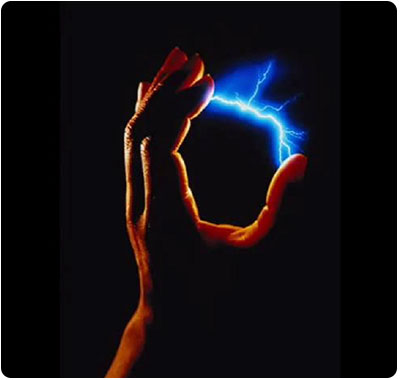
Not only Elijah, but any reasonable house owner thinks about this question, when he proudly inspects his newly built house, a new warehouse, a shopping center or a new production department.
The question is not idle. Lightning protection costs money, in some cases, not small, and thunderstorms in our area are not so frequent, they last for an hour or two maximum and the majority of lightning breaks between the clouds without rushing to the ground. There are houses built long time ago near. You can't see any lightning rods there. Everything is fine and noone complains.
We should probably start with that. You really don't see lightning rods, but who said that the buildings are not protected from lightning? Lightning protection is not only the installation of lightning rods. To protect from lightning today, we have to create a whole armory of protective measures, because lightning is very inventive in choosing weapons and prefers workarounds to a frontal attack.
(continued on a separate page)
2. Lightning strike as viewed by a firefighter
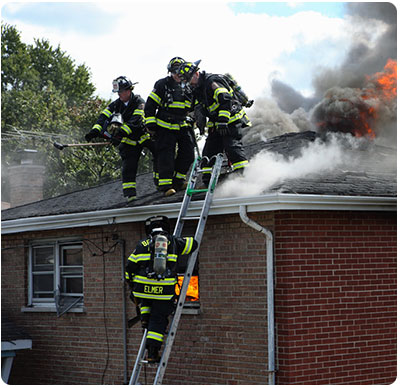
Many years ago, when the studio of scientific popular movies was working in the country, the filmmakers came to our laboratory. They wanted to make a story about the laboratory tests of lightning rods.
A decoraton was placed under the generator for 3 million volts (it was fixed to the ceiling and hang upside down). A sparkle of 6 meters in length was successfully intercepted by the model of a rod lightning rod. Now it's time to show a negligent owner, whose house is without a lightning rod. According to the scenario after a lightning strike it should burn. The spark did not miss. It broke through the plywood roof of the scenery and hit the grounded metal floor of the laboratory. there was no flame. We splashed spirit on the roof and repeated the discharge - the same effect. We put a saucer with spirit inside the playhouse and brought a spark through the wire directly to it. It did not help. The filmmakers left with nothing, complaining about the weak capacity of the spark.
The claims to the spark were unreasonable. Its channel temperature was not less than 6000 C, about the same as that of a good welder set. The lifetime of the spark was estimated in tens of microseconds. A powerful current pulse in the lightning channel dures approximately the same. But the fire did not happen, even a toy fire.
(continued on a separate page)
3. Should we be afraid of lightning?
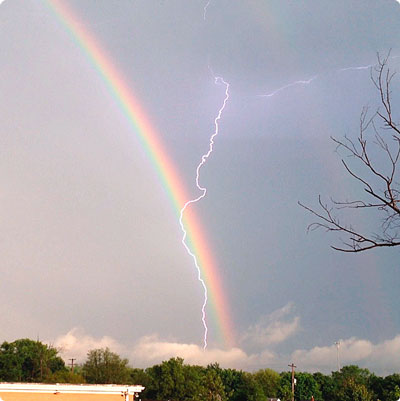
"Are you afraid of lightning" - I hate such a question. It essentially involves fatality and lack of initiative. It is better to discuss the danger of lightning. This word supposes specific impacts that we should be aware of and from which to protect ourselves. Knowledge is always active. It assumes response actions. The main purpose of this article is to eliminate the mythical fears and encourage the reader to effective protection against lightning.
First thing to be scared of is lightning voltage on its channel relative to the ground. One hundred million volts sounds very impressive, especially for a person who inadvertently put his fingers into a socket with a voltage of only 220 V. Do not try to compare these two voltages to evaluate the effect of lightning. This comparison won't give an honest result. Direct contact with the electrical network of 220 V make you fully feel these 220. And at a lightning strike into a human, the voltage will be distributed in direct proportion to the resistances of the lightning channel and the human body. Safety engineers orient to the human resistance of 1000 Ohms. How strong lightning is? While a lightning channel grows to the ground, its conductivity is not too high. Channel resistance may well be 100 ohms per meter. With the length of 5000 m (this figure is quite average for lightning) it is 500 times more than of a human. That means, a human will be hit by not 100 000 000 V but by just 200 000 V.
(continued on a separate page)
4. After a lightning strike into the ground
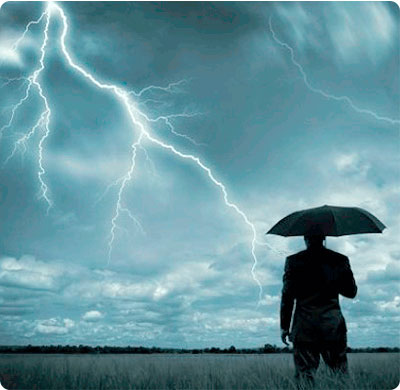
After this TV program of the "News" even pop stars could not compete with the popularity of high-voltage engineers. Everyone wanted to know whether it was true that after a lightning strike a Chinese citizen fell to the ground, quickly jumped up, dusted himself down, and was about to move on, but the second lightning knocked him down again and again without fatality. There are a lot of similar stories. Popular books and magazines will tell you about the mass lightning strike of football players at the stadium, passengers at the bus stop and almost the whole herd of cows in the pasture. These are terrible stories. A dozen of people in hospitals. But a hospital is better than a cemetery. Maybe the danger of lightning has been greatly exaggerated, if a person is able to sustain its direct effect? But who said that the impact is direct? Most often it is not so.
(continued on a separate page)
5. Are lightning rods reliable?
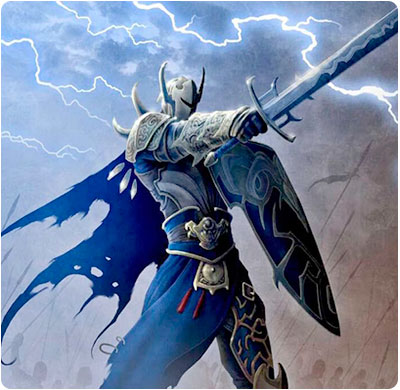
It is very simple to invent a lightning rod. Lightning is only a long spark that breaks through a layer of air, that is a very high-quality insulator. The thicker the layer is, the harder it is to break. So you need to help the lightning, reducing the length of the insulating gap. This is made by the metal pin of the lightning rod. We omit all the "small things" like proof of electrical nature of lightning, or quite an unsafe experiment with the launch of a kite into a storm cloud. They cost a lot to B. Franklin. Fortunately for him there was no wire in the kite, but a thin thread tissue. Even having become wet, it was a very mediocre conductor. Otherwise Franklin's name would have been put in the same row with G. Richmann - the first victim among the famous lightning researchers. His bust is standing on one of the streets of Pärnu in Estonia, where he was born.
(continued on a separate page)
6. Why are down conductors necessary?
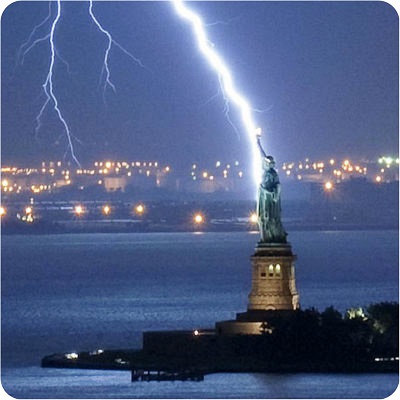
A lightning rod is a simple device. It consists of an air terminal, into which lightning strikes, and a grounding device, through which the lightning current gets into the ground and spreads there. A lightning rod should be metallically connected to the ground electrode. This connectionis providesed by the down conductor. Its function is often performed by the support metal work on which the lightning rod is mounted. In this case, the lightning current will flow to the ground through the reinforced bars hidden in the concrete. It would seem that everything is clear and requires no explanation. Nevertheless, the experts continue to study down conductors more thoroughly every year. Such an increased interest to a passively behaving iron deserves attention.

